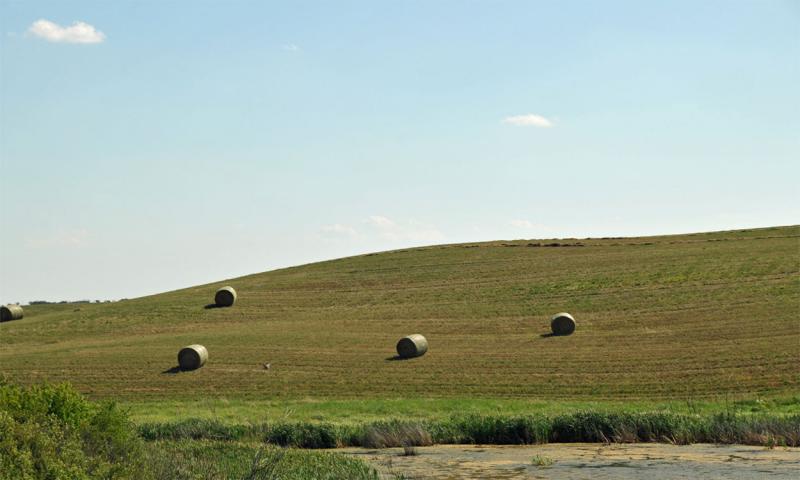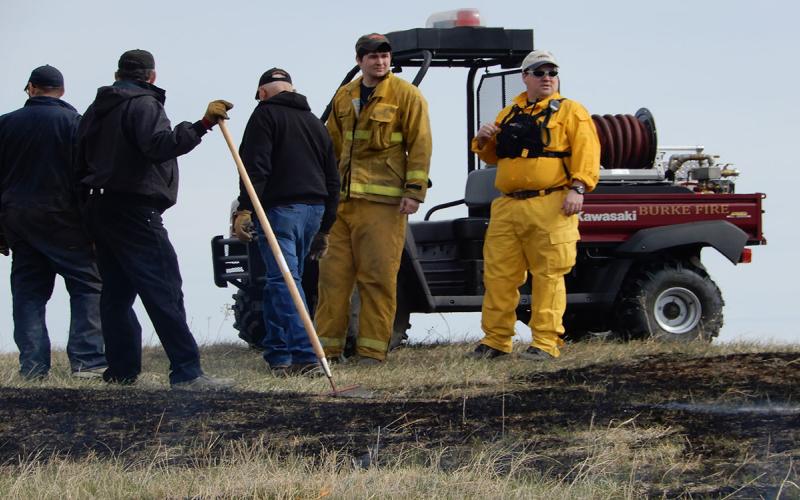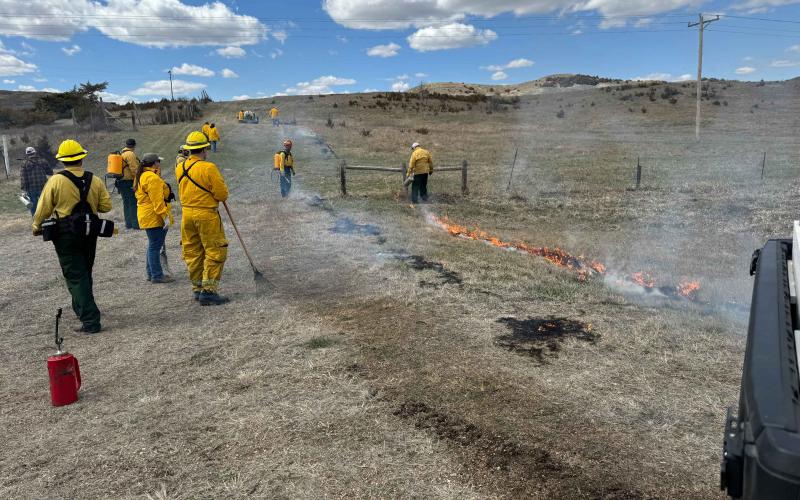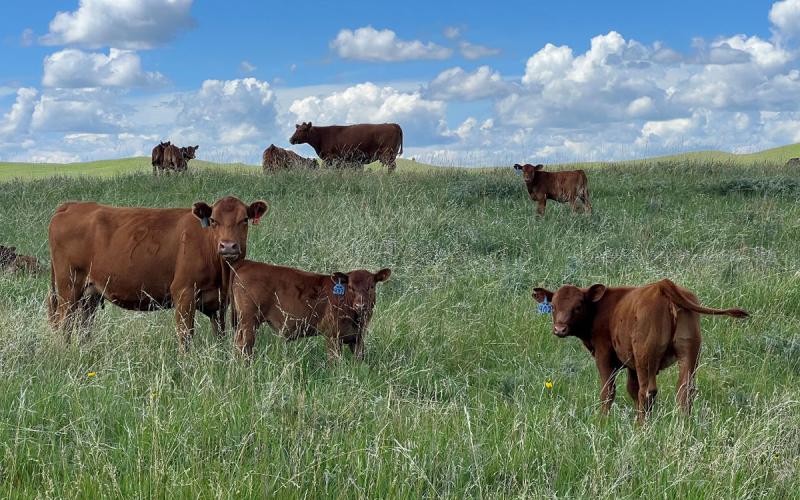
While grazing is the primary means of harvesting the majority of South Dakota’s native grasslands, haying also plays an important role in native and tame grassland management. Haying impacts individual grassland species and grassland communities in ways that are both similar and different from grazing or fire. Similar to grazing, haying mechanically removes the targeted portion of the plant, which is often the majority of new and old growth, to within a few inches of the soil surface. In addition, haying can mimic the ‘biting’ method of grazing by livestock, such as sheep and goats, but it is dissimilar to the ‘tearing’ of forage by animals such as cattle. Another key difference is that haying is generally uniform and non-selective, equally harvesting the entire grass crop.
Generally, the intention of hay harvest is to maximize one or more aspect of the grass crop, such as volume or nutritional quality, for future use as feed. In contrast, mowing or clipping is conducted without any intention of harvesting, and it is usually initiated to either stimulate growth of desirable species or to inhibit establishment of undesirable species, such as noxious weeds.
Timing of harvest of native and/or tame grasslands can influence the plant community. Well-timed mid-to-late summer haying after plants have formed a bud or seed head has been credited with maintaining native prairies. Impacts of early haying can improve or harm a plant community depending on the composition and grassland species present at site. As an example, a producer may elect to hay a native warm-season grass planting in May if the goal is to suppress an invasion of cool-season, non-native smooth bromegrass. This might be poor timing if the intent is to encourage establishment of native cool-season green needlegrass.
Advantages
- Increased harvest efficiency
- Residue removal when necessary
- Maximum control of timing of removal
- Maximize quantity/quality of hay crop
- Store feed for later use
- Late season can benefit native plant communities
Disadvantages
- Equipment and fuel expenses for harvest, handling, storage
- Nutrient and residue removal
- Soil compaction
- Weather/precipitation damage
- Grinding/mixing and other feed processing expenses
- Consumption inefficiency
The Healthy Grasslands article series is provided by the South Dakota Grassland Coalition in partnership with SDSU Extension. Contributing editors: Alexander J. Smart, Peter J. Bauman and Joshua Lefers. © South Dakota Grassland Coalition 2017. For more information, view the full publication or visit the South Dakota Grassland Coalition website.


